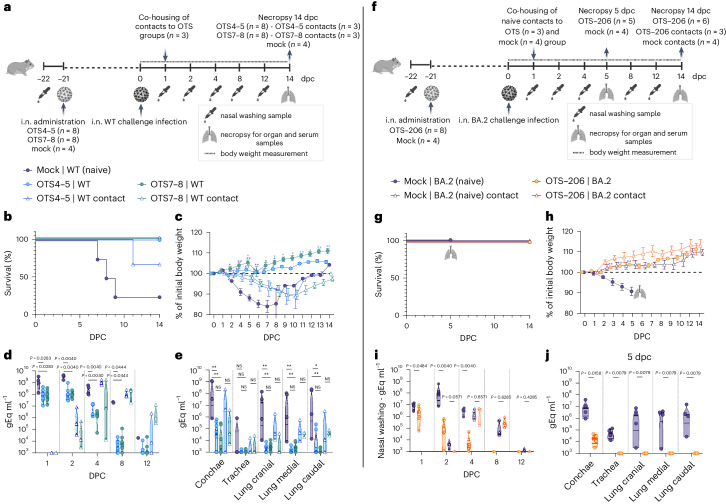Fig. 3. Immunization with OTS constructs provides full protection against SARS-CoV-2 challenge in the Syrian hamster.
a, Syrian hamsters (M. auratus, male, 12 weeks old) inoculated with either no vaccine (naïve/control) or OTS4–5 or OTS7–8 (n = 8 hamsters per group, n = 4 hamsters for naïve/control group), and subsequently challenged. Overview created with BioRender.com. b–e, Survival (b) and weight stability (c) post challenge (mean ± s.e.m.), with reduced viral genome copies in nasal washings (d) and respiratory tissues (e). Nevertheless, contact animals (n = 3 hamsters per group) became infected, leading to body weight loss (c), virus shedding in nasal washings (d) and virus genome loads in respiratory tract samples (e). f, Similar results are observed in hamsters (male, 8 weeks old) inoculated with OTS-206 (n = 8, n = 4 hamsters for naïve/control group) and challenged with BA.2 VOC. Overview created with BioRender.com. g,h, Challenged hamsters did not exhibit any mortality (g) and vaccinated animals were protected from weight loss (h) (mean ± s.e.m.). i,j, Detected amount of virus genome was significantly reduced in the nasal washings (i) as well as in conchae samples (j) and was absent in all lung samples examined at 5 dpc. More data, such as serology and individual body weights, are presented in Extended Data Fig. 4 and Supplementary Fig. 6. Statistical significance was assessed using two-sided, unpaired, non-parametric multiple t-test with Mann–Whitney test (compare ranks, 95% CI) (c–e, h–j). *P < 0.05, **P < 0.01, ***P < 0.001, ****P < 0.0001; NS, not significant. Data obtained from two independent experiments (a–e and f–j). Violin plots in d, e, i and j show individual samples with mean values (middle lines).

